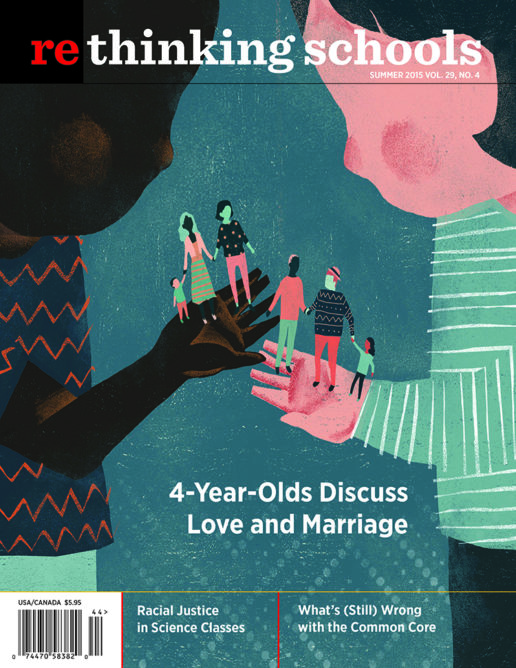Our picks for books and other resources for social justice teaching 29.4
Elementary/Middle
The Sky Painter: Louis Fuertes, Bird Artist
By Margarita Engle
Illustrated by Aliona Bereghici
(Two Lions, 2015)
40 pp.
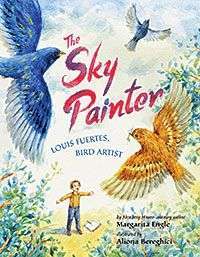
Audubon is a familiar name, but how about that other influential painter of birds, Louis Agassiz Fuertes? Born to Puerto Rican parents in New York, Fuertes created exquisite illustrations of birds that were printed on collectible cards and distributed to homes across the country by Arm & Hammer in the 1920s and ’30s. This sparked widespread interest by children in bird watching and conservation. Through free verse and lovely illustrations, Margarita Engle and Aliona Bereghici introduce a new generation of children to Fuertes, whose work could inspire them to pay attention to the birds in their own communities.
Rad American Women A-Z
Written by Kate Schatz
Illustrated by Miriam Klein Stahl
(City Lights Books, 2015)
Unpaginated
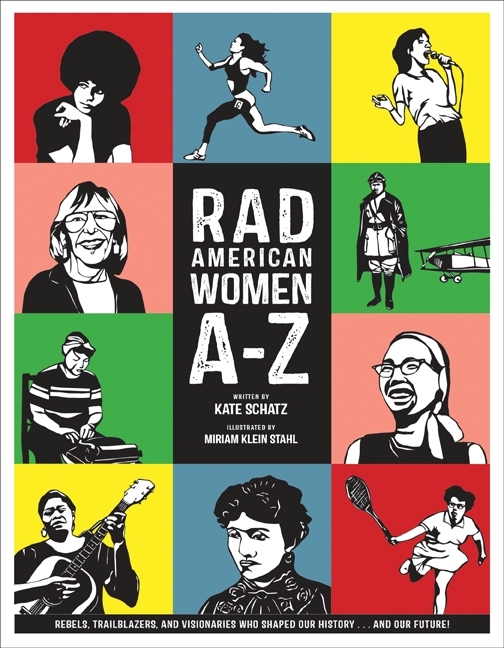
Do we really need another A to Z book? Well, yes, if it’s one like Rad American Women A-Z, which introduces readers to a host of feisty “rebels, trailblazers, and visionaries” who offer inspiration for living life with purpose and spirit. Most of the women featured in the book—including Ella Baker, Jovita Idar, Rachel Carson, Ursula Le Guin, Wilma Mankiller, and Yuri Kochiyama—are not ones who you’d find in a conventional list of famous American women. There is an illustration for each woman, accompanied by a short but substantial text about what makes this woman “rad”—defined in the book’s opening letter from the author and illustrator as radical, as in going to the root of an issue to make “big changes in society,” but also unusual, “cool,” or “awesome.” The book would lend itself to a classroom mixer in which students take on different personas and introduce themselves to one another toward further research. Grades 5-8 and up.
Novel
This Side of Home
By Renée Watson
(Bloomsbury Press, 2015)
336 pp.
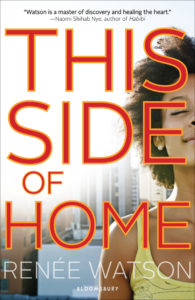
Renée Watson’s young adult novel, This Side of Home, explores the complex issue of gentrification through the eyes of Maya and her twin sister, Nikki, African American teenagers at a majority Black high school in Portland, Oregon. When the twins’ best friend, Essence, is forced to move so her landlord can profit from increasing housing values, the reality of neighbors and business owners being pushed out by young middle-class whites hits home. Essence’s howl of rage at the landlord captures the injustice and the ache of removal: “And then he has the nerve to start fixing things—right in our faces—a new bathroom with a jetted tub and marbled shower. . . . And he goes and tells us it ain’t for us. Like we ain’t good enough to live in a place like this.”
Watson’s novel reflects the race—and class—tensions that occur on the streets and in the classroom during population shifts. She unravels the myth that gentrification improves neighborhoods that didn’t have much to offer: “There is something good here. And not just because more white families have moved to this side of town. There’s always been something good here. People just have to open their minds to see it.”
Watson, a frequent contributor to Rethinking Schools, never simplifies the issues, but presents them in a narrative style that is both poetic and accessible to teens. Grades 6-10.
Curriculum Resources
UNeducation, Vol. 1:
A Residential School Graphic Novel
By Jason EagleSpeaker
(eaglespeaker.com, 2014)
100 pp.
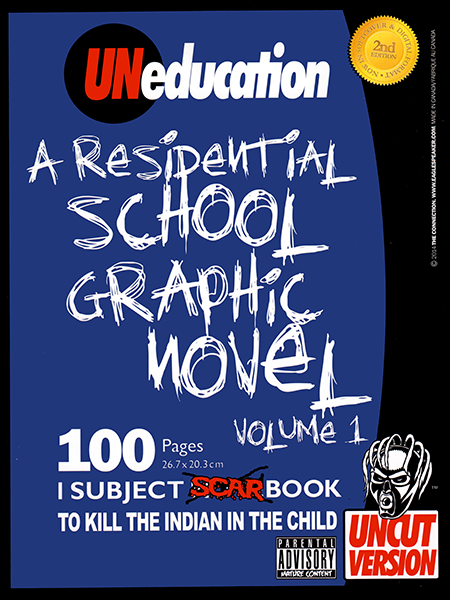
“I want to get rid of the Indian problem,” said Duncan Campbell Scott, Canadian deputy superintendent of Indian affairs in 1920. “Our object is to continue until there is not a single Indian in Canada that has not been absorbed.” The official Canadian policy for decades was to “kill the Indian in the child,” and First Nations children were seized and transported to residential schools. Through cartoons and vignettes, this graphic novel tells the painful story of Canadian residential schools—and those who resisted them and continue to expose their vicious impact.
The World Is Waiting for You:
Graduation Speeches to Live By from Activists, Writers, and Visionaries
Edited by Tara Grove and Isabel Ostrer
(The New Press, 2015)
205 pp.
This delightful and moving book offers a festival of wisdom from individuals as diverse as Howard Zinn and Wynton Marsalis, Oliver Stone and Toni Morrison. These are graduation speeches filled with wisdom, humor, and love. “The very least you can do in your life is to figure out what you hope for,” novelist Barbara Kingsolver begins. “The most you can do is live inside that hope, running down its hallways, touching the walls on both sides.” She urges graduates to marshal that hope to resolve “the central question of your adult life: to escape the wild rumpus of carbon-fuel dependency, in the nick of time.”
Returning to Spelman College in Atlanta, where he taught during the Civil Rights Movement and was fired for his activism, Zinn emphasizes the power of social movements: “I want to remind you that 50 years ago racial segregation here in the South was entrenched as tightly as was apartheid in South Africa.” He tells students to join with others to do something—“because all of those somethings, at certain points in history, come together, and make the world better.” This is a book rich with teaching potential.
Palestine Speaks: Narratives of Life Under Occupation
Edited by Cate Malek and Mateo Hoke
(Voice of Witness, 2014)
345 pp.
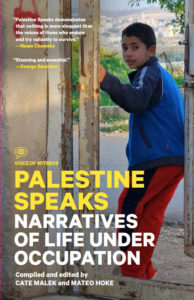
As series editor Mimi Lok explains in a prefatory note: “With every Voice of Witness narrative, we aim for a novelistic level of detail and a birth-to-now chronologized scope in order to portray narrators as individuals in all their complexity, rather than as case studies.” This sensibility makes Palestine Speaks a remarkable classroom resource. No book can capture the collective experience of an entire people, but the first-person stories in Palestine Speaks offer readers an intimate portrait of the “forced indignity” of life under Israeli occupation, as well as Palestinians’ resilience and spirit of defiance. These feel more like stories than tracts, and can help teachers reach beyond the stereotypes and caricatures that the word “Palestinian” too often conjures for a North American audience.
Websites
One Person, One Vote:
The Legacy of SNCC and the Fight for Voting Rights
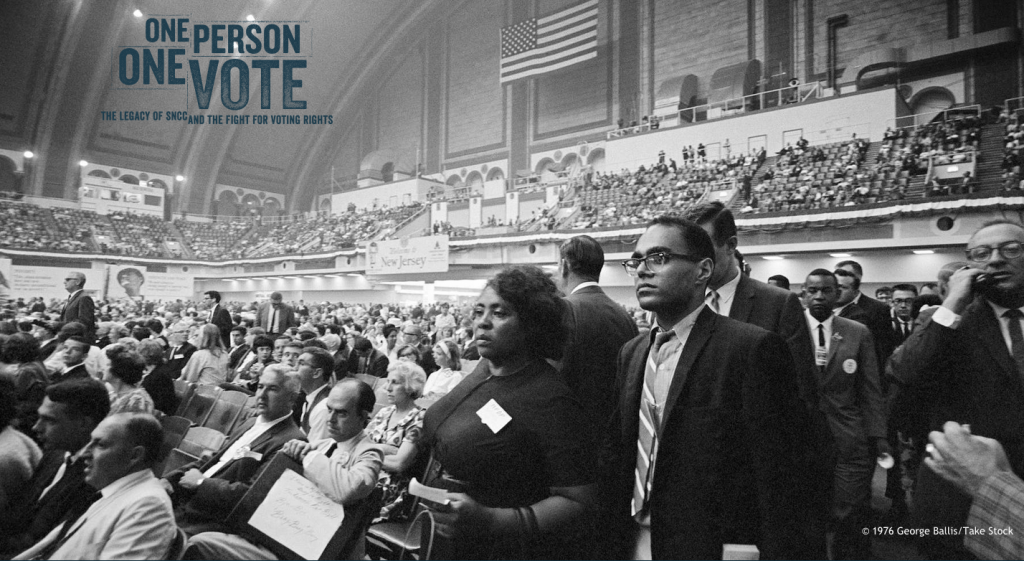
This documentary website provides profiles, stories, a timeline, map, and much more about the youth-led Student Nonviolent Coordinating Committee (SNCC), which was at the center of the Civil Rights Movement. One Person, One Vote is an invaluable classroom resource on the voting rights struggle and the overall fight for human rights and democracy in the United States, with a focus on Southwest Georgia, Mississippi, and the Alabama Black Belt. The website combines a dramatic overall appearance with ease of organization and rich content. It is the first initiative in a longer-term collaboration between the SNCC Legacy Project, Duke’s Center for Documentary Studies, and the Duke Libraries.
When We Were Young, There Was a War
By Patricia Goudvis and Alice Stone
centralamericanstories.com
More than four million Central Americans live in the United States, yet the lack of resources in most schools on Central American heritage makes it difficult for teachers to infuse that history into the curriculum. Also missing from the curriculum is the direct connection between U.S. foreign policy toward Central America and immigration to the United States. To address this gap, Patricia Goudvis and Alice Stone have created a beautiful interactive website. The website draws on interviews Goudvis conducted 20 years ago with young people in the midst of the wars in El Salvador and Guatemala, as she was making the film If the Mango Tree Could Speak. The website also includes excerpts from follow-up interviews of those same people two decades later. What better way to overcome the invisibility of Central America in the curriculum than with people telling their own stories? Middle school to adult.

